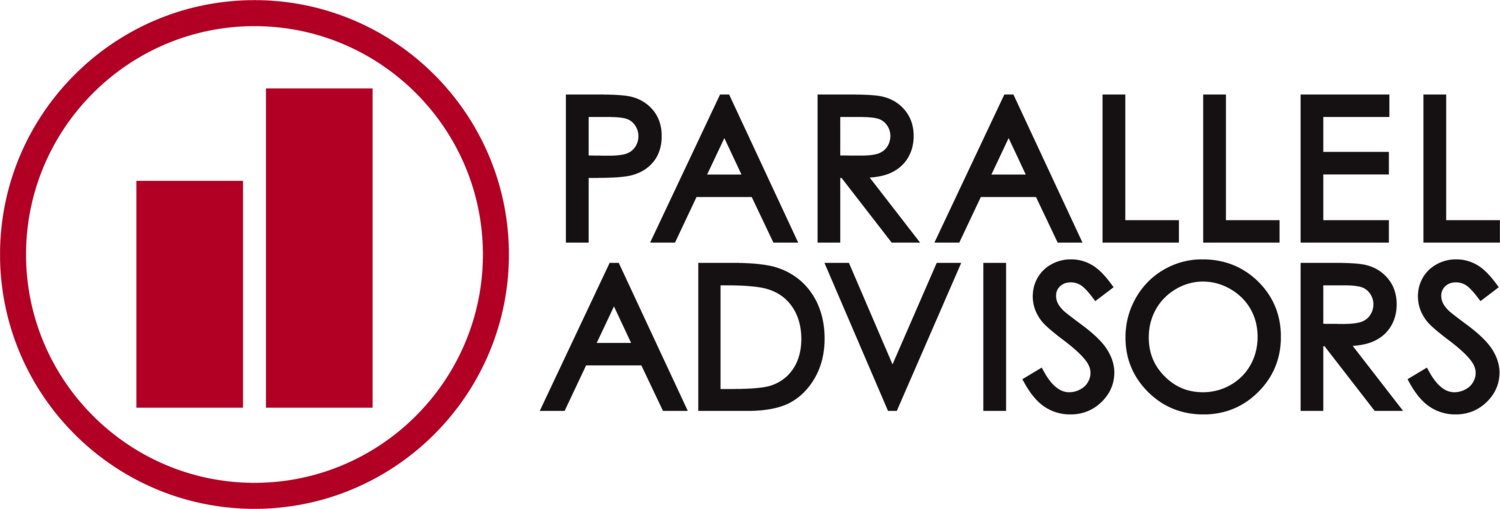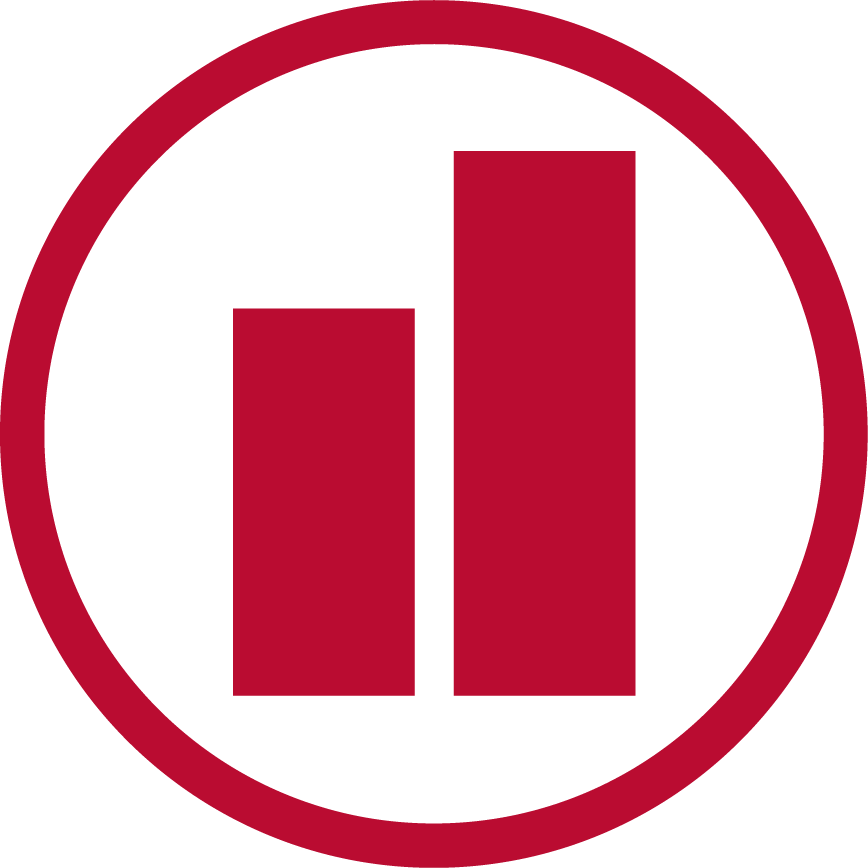Q3 2023 Outlook & Review
by Chris Broderick, Research and Trading Director
The Third Quarter: Impact of Higher Interest Rates on Stocks
The S&P 500 began the third quarter on a positive note, mirroring its second-quarter performance with gains(1). However, concerns arose in August and September due to rising bond yields and worries about a potential economic slowdown. As a result, the S&P 500 ended the quarter with a modest loss, while still maintaining substantial gains year-to-date(2).
In July, stocks experienced a broad rise, driven by "goldilocks" economic data. This term implies solid growth in the data, yet not strong enough to trigger expectations that the Federal Reserve (Fed) would raise interest rates beyond what investors already anticipated. This favorable economic data coincided with a decline in inflation metrics, which further bolstered stock prices. Investors embraced the reduced risk of near-term recession and steadily decreasing inflation(3). The Fed did raise interest rates in late July but indicated that it might be the last hike of the cycle. This tone and commentary instilled optimism that one of the most aggressive rate hike cycles in history was nearing its end(4). Additionally, Q2 earnings season beat expectations, with corporate guidance supporting strong earnings growth predictions into 2024, resulting in solid gains for the month(5).
Market dynamics shifted in early August when Fitch Ratings, a major U.S. credit rating agency, downgraded U.S. sovereign debt. The primary reason cited for this downgrade was the long-term risks associated with the current U.S. fiscal trajectory. While the downgrade lacked immediate justification since it contained no new fiscal information, it immediately pushed U.S. Treasury prices down, causing yields to rise(6). This initiated a month-long increase in Treasury yields, as the downgrade coincided with a resurgence in anecdotal inflation indicators and a significant increase in Treasury sales aimed at replenishing reserves depleted during earlier debt ceiling negotiations. This rapid rise in yields had a negative impact on stock prices throughout August, resulting in the S&P 500's first monthly loss since February. Higher rates led to pressure on equity valuations and raised concerns about a future economic slowdown(7).
In early September, volatility subsided as solid economic data and a pause in the rise of Treasury yields allowed stocks to stabilize during the first half of the month. However, volatility returned after the September Fed decision to hold rates steady. Despite not increasing interest rates at the meeting, the majority of Fed members indicated their anticipation of an additional rate hike before the end of the year. They also forecasted only two rate cuts for all of 2024, down from the four rate cuts projected in the June meeting(8).
In summary, rising bond yields were the primary driver for the markets in the third quarter. Volatility returned as yields exerted pressure on stock valuations, and investors grappled with the possibility of the Fed delaying rate cuts in 2024, thereby keeping rates higher for longer.
As we enter the fourth quarter, the markets are exhibiting a higher level of anxiety than they were at the start of the third quarter. However, it's important to recognize that while the S&P 500 experienced multi-month lows in September and legitimate risks loom, underlying fundamentals generally remain supportive(9).
First, despite concerns about a future economic slowdown due to high rates, the latest economic data remains robust. Employment, consumer spending, and business investment showed resilience in the third quarter, and there is limited actual economic data indicating an imminent slowdown. While a future slowdown remains possible, given the lagging effect of higher interest rates, the resumption of student loan payments, and declining U.S. savings, the current economic data does not support the notion of an imminent downturn.
Second, concerns about inflation making a comeback are valid, especially considering the rally in oil and other commodity prices in the third quarter. However, central banks, including the Fed, typically focus on “core” inflation, which omits fluctuations in food and energy costs. This core inflation metric continued to decrease throughout the third quarter. Additionally, declines in housing prices from their recent peak are only beginning to influence official inflation statistics, potentially pushing core inflation lower in the coming months and quarters(10).
Lastly, regarding monetary policy, the Federal Reserve's historic rate hike campaign is approaching its conclusion. While we should heed the Fed's intention to maintain higher rates for an extended period, it's important to note that high interest rates do not automatically lead to an economic slowdown. Interest rates have merely returned to levels typical of the 1990s and early 2000s, before the financial crisis, during which the economy performed well(11). While the risk of higher rates causing an economic slowdown requires monitoring, they have not, as of now, caused a significant loss of economic momentum.
In summary, there are genuine risks facing both the markets and the economy as we enter the final three months of the year. These risks are largely the same as those encountered throughout 2023. Nonetheless, the economy and markets have displayed remarkable resilience year to date. While these risks demand attention, they do not present new substantial challenges that have not existed for much of the year.
With the start of the final quarter of 2023, our focus remains on vigilance toward economic and market risks. We are committed to managing both risk and return potential for portfolios. We firmly believe that a well prepared, long-term-focused, and diversified financial plan can withstand almost any market surprise and associated bouts of volatility. This includes scenarios involving higher interest rates, persistent inflation, and recession risks. We appreciate your trust and partnership and encourage you to reach out to your advisor with any questions, comments, or to schedule a portfolio review.
1 The S&P 500® is widely regarded as the best single gauge of large-cap U.S. equities. The index includes 500 leading companies and covers approximately 80% of available market capitalization.
2 https://paralleladvisors.box.com/v/Q32023EconIndicatorsandReturns
3 https://www.npr.org/2023/07/21/1189450135/the-state-of-the-surprisingly-resilient-economy
4 https://www.cnbc.com/2023/07/26/live-updates-fed-decision-july-2023.html
5 https://www.axios.com/2023/08/18/sp500-earnings-q2-2023-target-walmart; https://paralleladvisors.box.com/v/Q32023EconIndicatorsandReturns
6 https://www.cnn.com/2023/08/01/business/fitch-downgrade-us-debt/index.html
7 https://www.wsj.com/finance/stocks/global-stocks-markets-dow-news-09-19-2023-c850716d; https://www.spglobal.com/marketintelligence/en/newsinsights/latest-news-headlines/inflation-to-drive-treasury-market-as-us-borrowing-surges-7704894
8; https://paralleladvisors.box.com/v/Q32023EconIndicatorsandReturns
9 https://paralleladvisors.box.com/v/Q32023EconIndicatorsandReturns
10 https://paralleladvisors.box.com/v/Q32023EconIndicatorsandReturns
11 https://paralleladvisors.box.com/v/Q32023EconIndicatorsandReturns
This material is provided for informational purposes only and should not be construed as investment advice. Different types of investments involve varying degrees of risk. Discussion or information contained in this presentation does not substitute personalized investment advice from Parallel or another professional advisor of your choosing. Any opinions or forecasts contained herein reflect the subjective judgments and assumptions of Parallel Advisors, LLC (“Parallel”). Parallel cannot and does not provide warranties nor representations as to the reliability or accuracy of the content it shares.

